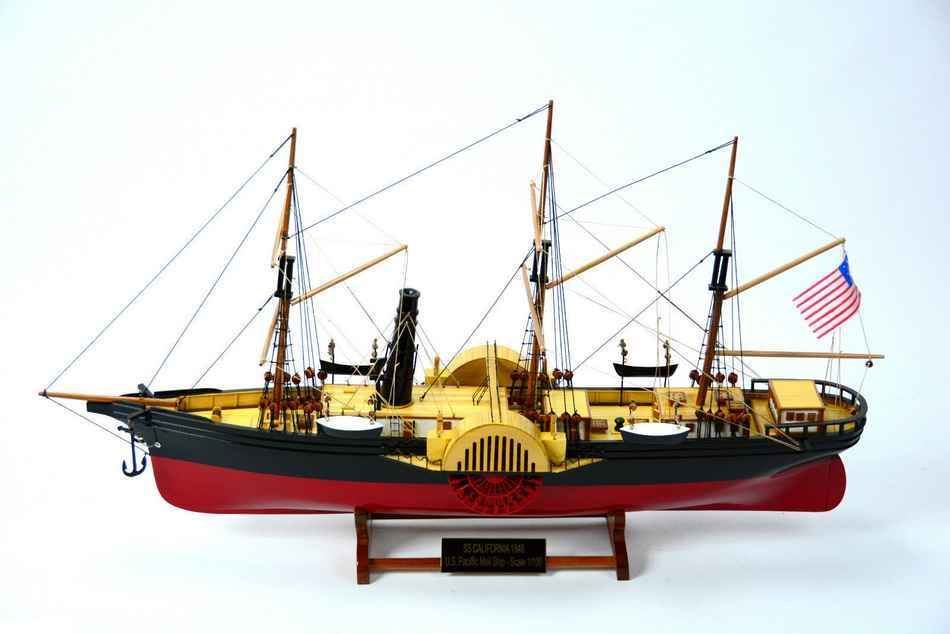I’m torn between two different ways of picturing Leviathan Hunters. I really like sails, so even though they’re steam powered, I want them to have masts and sails. Fortunately, that’s a fairly common design from the 19th century. My big internal debate is whether they are side-paddle, for instance the SS California or screw propeller, like the Orca. On the one hand the side-paddle is more steampunk and has a more modern feel to it (despite actually being an older design and the screw propeller being newer). On the other hand, a screw propeller ship has more deck space and can really fly a lot of sail, which just looks cooler. An actual Leviathan Hunter would be bigger than the ships pictured here by quite a bit, but I’m wondering how other people picture them.
Is this what people think of, or is it more Ironclads and the like?



Rule of cool! Here’s another option: add an outrigger that has a paddle on it, balancing the one on one side of the ship, and have the close quarters hull panels on the side with the outrigger; when it folds up towards the sails, after the fore and aft harpoon guns draw the leviathan in close, you can go to work harvesting at point-blank range.
Both! Depending on their period of construction.
I like David Cornish’s take from his Monster Blood Tattoo series, where Iron Draught Rams plow through vinegar seas powered by Gastrines – a biologue which functions as the engine for any vessel not powered by sail. They turn the screws, or propellers, that propel the vessels like rams and cargoes. Each one consists of a large wooden metal-bound box that contains gastorids; large muscle-like organs, that have been grown about a metal section of treadle-shaft or shaft-section that is also inside the box.
On a vessel, the gastrines are arranged in rows on the organ deck, each shaft-section connecting by great pins to form a whole treadle-shaft that runs the vessel’s length. To operate, the gastrines’ muscles are stimulated by limbers, which gets them initially moving. Once they gain enough momentum, they push and pull the treadle-shaft on their own, turning the gears and ultimately the screws.The application of gastrine power is a complex affair: lines of gastrines (and their accompanying limbers), arranged in “gastrine pulls” or “pulls”, are attached to dog-boxes, or sets of gears and great levers. This structure allows a ship’s gastrineer to precisely control a pull’s power and where it applied.
The gastorids used in gastrines are grown by viscautorists, who specialize in the creation of biologues. Starting from basic living matter, they are raised inside empty gastrine boxes. Each box contains wooden protrusions called bones, which the gastorids attach to and used as anchor- and leverage points. A gastrine is “fully grown” when the box and the muscles form a complete organ, the opening of which is tantamount to surgery. Fully grown gastrines are taken from test-mills, or “laboratory-factories”, where they are grown, to dockyards to be installed on the organ decks of waiting vessels.
artstation.com – VM Coryphaeus – a Mule Ram, David (D.M.) Cornish
I don’t see how sidewheels would affect the sail plan. Go with what looks cool.
It’s the kind of things sailors (and naval architects) would fight over. I say use both!
But maybe the sidewheel can also function as a giant prayer wheel under the guidance of the ship’s Whisper, creating a variety of useful effects, including the infamous ghost lure.
You could also make them the hallmarks of rival fleets. IIRC, the Iruvians have their own chartered fleet in the Dusk, so you could say that one design is Akorosi, another Iruvian, or from different companies, and so on.